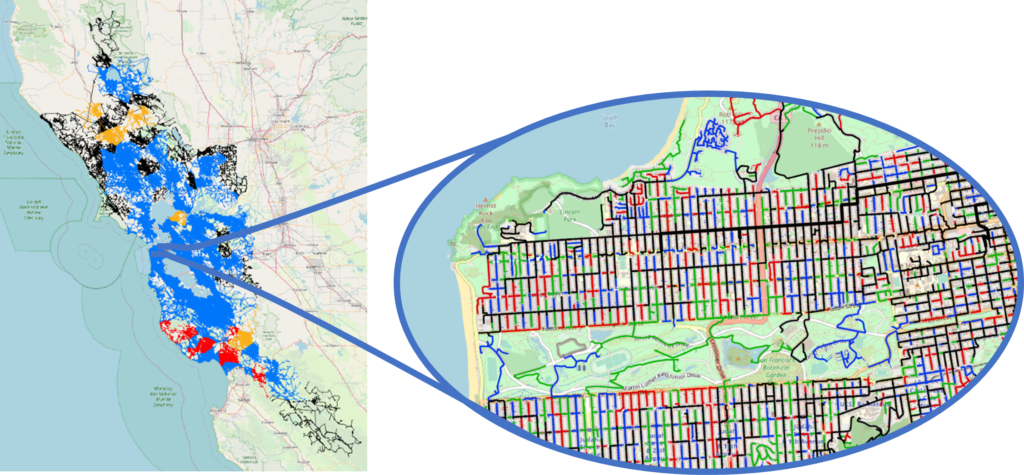
Blog #1

Digitalization of Electricity Distribution Systems

Meanwhile, in the academic and research context, the scientific community is also interested in modelling and analysing distribution systems, in order to improve the way networks are planned and operated. Classical models used to be based on mathematical programming, the constraints of the model being simplified, to reduce the computational complexity of the algorithms, and allow obtaining results in moderate times. Such models required test systems to evaluate and compare algorithms from different research lines. Actual networks cannot be normally used for this purpose because of the confidentiality of information. For example in the United States, distribution system are considered to be critical infrastructure, this impeding such information being publicly released. On the other hand, standard test systems used to be rather small, making the results of the tests case-dependent and not realistic enough.
Mathematical models may guarantee in general that the optimum is achieved, but have strong limitations to scale the analyses. As an alternative to these classical models, tools based on heuristics have been developed, turning to be a good alternative to simulate very-large-scale systems. These models do not guarantee optimality, but obtain reasonably good solutions, while enabling to plan systems with millions of consumers. Reference Network Models are a kind of distribution system planning models, which emerged as a solution to estimate the efficient cost of distribution companies, to support regulators in remuneration policies. These tools have evolved so as to analyse other problems, such as the impact of emerging distributed energy resources (storage, electric vehicles or distributed generation). In the context of test systems, efforts and resources have been devoted both in Europe and in the United States to develop representative distribution systems. Although these networks are not real, they are intensively validated, making them realistic models, and bringing distribution test systems into a new dimension. These models provide not only the electrical parameters of equipment and the connectivity of the networks, but also the geographical information. As an illustration of such test systems, the above figure shows the GIS information of a synthetic distribution network built for the San Francisco Bay Area, within the SMART-DS project [1-2].
[1] B. Palmintier, T. Elgindy, C. Mateo, F. Postigo, T. Gómez, F. de Cuadra, P. Dueñas. Experiences developing large-scale synthetic U.S.-style distribution test systems. Electric Power Systems Research. vol. 190, no. 106665, pp. 1-7, Enero 2021.
[2] C. Mateo, F. Postigo, F. de Cuadra, T. Gómez, T. Elgindy, P. Dueñas, B.M. Hodge, V. Krishnan, B. Palmintier. Building large-scale U.S. synthetic electric distribution system models. IEEE Transactions on Smart Grid.


